10 of the best secret gardens in Britain — and how you can visit them
The lure of a secret garden is as strong now as it was when Frances Hodgson Burnett first published The Secret Garden over a century ago. With a recent film adaptation — the fifth — having hit screens, Juliet Roberts selects a few of her favourite secret gardens.
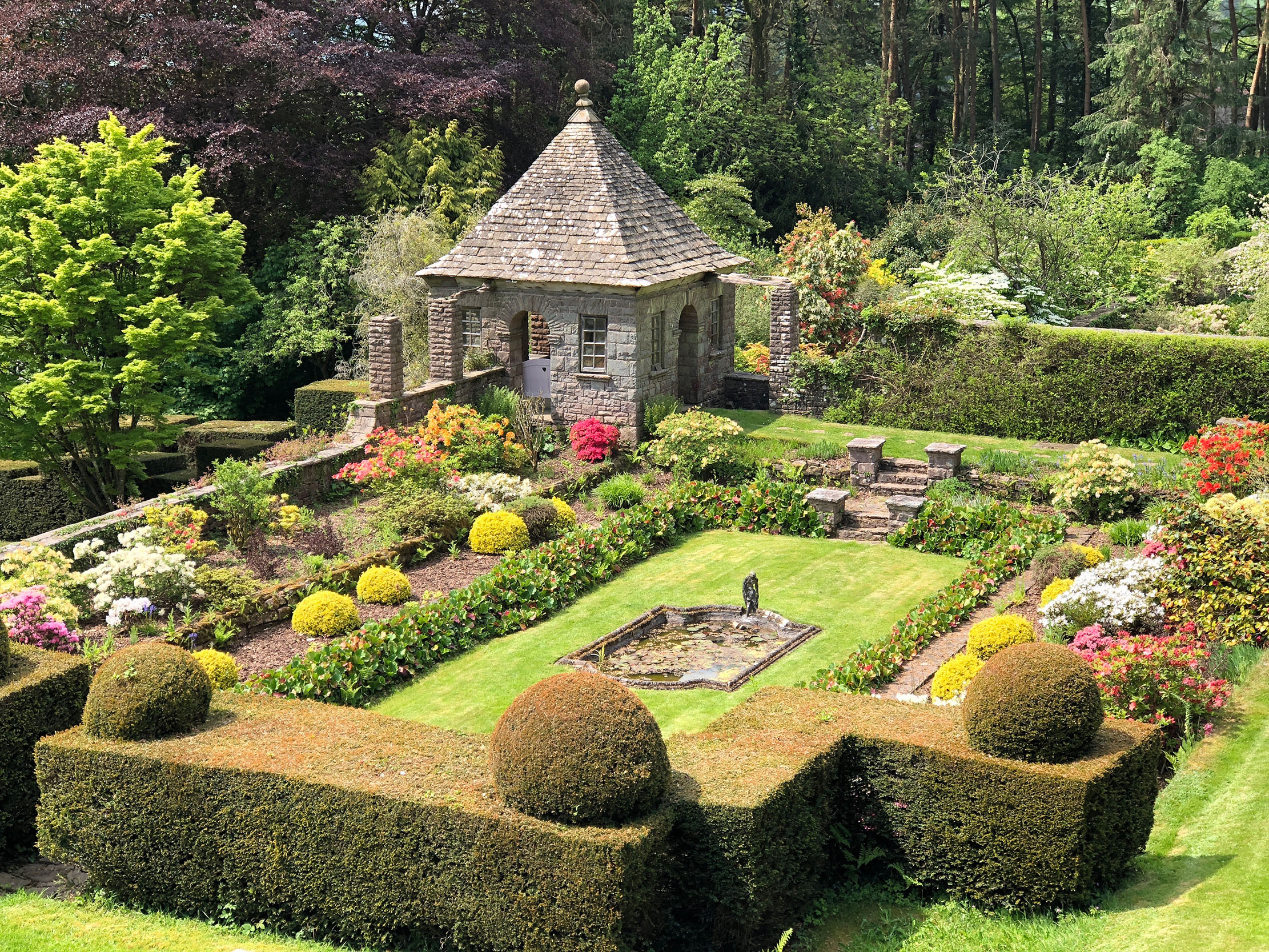

What fun the location hunters must have had scouring the country for suitable places in which to shoot the recently-released film adaptation of The Secret Garden.
Frances Hodgson Burnett’s fictional garden at Misselthwaite Manor in Yorkshire was inspired by Great Maytham Hall in Kent, which she rented from 1898 to 1907, restoring its early-18th-century walled garden by planting hundreds of roses. Maytham opens for the National Garden Scheme (NGS), but didn’t make the shoot list.
Bodnant in North Wales, however, did, together with Iford Manor near Bradford-on-Avon in Wiltshire and Helmsley Walled Garden in York, plus two exotic West Country gardens Trebah in Cornwall and Abbotsbury in Dorset. Yet there are many more romantic gardens tucked into combes, out of sight behind high walls or concealed beyond locked gates.
Here, then, are our top 10.
Balmoral Cottage, Kent
Almost entirely hidden from view, this magical private garden is tucked behind St George’s Church in the pretty village of Benenden and sits on the edge of the estate once owned by Collingwood ‘Cherry’ Ingram, the great Victorian plant collector, gardener and ornithologist.
Over the past 33 years, artist Charlotte Molesworth and her husband, Donald, have clearly enjoyed developing the one-acre plot into a wonderland of topiary pieces underplanted with an eclectic mix of interesting and pretty perennials. It’s near several well-known gardens, such as Sissinghurst, Pashley Manor and Great Dixter, so is perfectly placed for a day or so of garden visiting.
Balmoral Cottage, The Green, Benenden, Cranbrook, Kent. Open through the NGS — www.ngs.org.uk
Sign up for the Country Life Newsletter
Exquisite houses, the beauty of Nature, and how to get the most from your life, straight to your inbox.
Batcombe House, Somerset
Set in a sleepy valley, the garden at Batcombe House (a 17th-century rectory, with Georgian additions) is divided into two distinct and contrasting halves. One, a series of terraces nearest the house, is lively and full of colour, with densely planted herbaceous borders, an ornamental kitchen garden and wildflower meadow; the other part feels open and serene.
Here, an elegant, sweeping, grass amphitheatre is topped with curved borders in muted colours. The old brick wall separating the two parts adds to the drama of stepping from one space to the next.
Landscape architect Libby Russell has spent 16 years developing and nurturing these private gardens, seeking out good, interesting plants to experiment with and has ensured that the whole design sits comfortably in the surrounding landscape.
Batcombe House, Gold Hill, Batcombe, Shepton Mallet, Somerset. Open through the NGS — www.ngs.org.uk
Broughton Grange, Oxfordshire
For about 200 years, Broughton Grange belonged to the Morrell family and it was to here that Lady Ottoline and Philip Morrell would invite guests, including Bertrand Russell and Lytton Strachey.
Set in 350 acres of parkland, the impressive 25-acre gardens have been extensively restored and redeveloped by the present owner, who bought the property in 1992. Today, the garden features a stumpery, a knot garden, wildflower meadows, a woodland garden and a new 80-acre arboretum.
What really sets it apart, however, is its six-acre south-facing contemporary walled garden, designed in 2001 by Tom Stuart-Smith. Some distance from the house, this spectacular space is divided into three themed terraces, with topiary forms, a pool, seasonal planting and a contemporary parterre (the abstract pattern is, in fact, a magnification of the cell structure of leaves from surrounding trees). Arguably, this is one of the most significant private contemporary gardens in Britain.
Broughton Grange, Wykham Lane, Broughton, Banbury, Oxfordshire. Visit www.broughtongrange.com
Bryan’s Ground, Herefordshire
In this endlessly inspiring and ever-evolving three-acre garden, set around a pretty 1912 Arts-and-Crafts house on the Herefordshire-Wales border, formality and wildness sit side by side. Owners David Wheeler and Simon Dorrell (publisher and illustrator of the quarterly journal Hortus) have spent the past 26 years developing the gardens into a series of interlocking garden rooms and secret places full of style, horticultural expertise and humour.
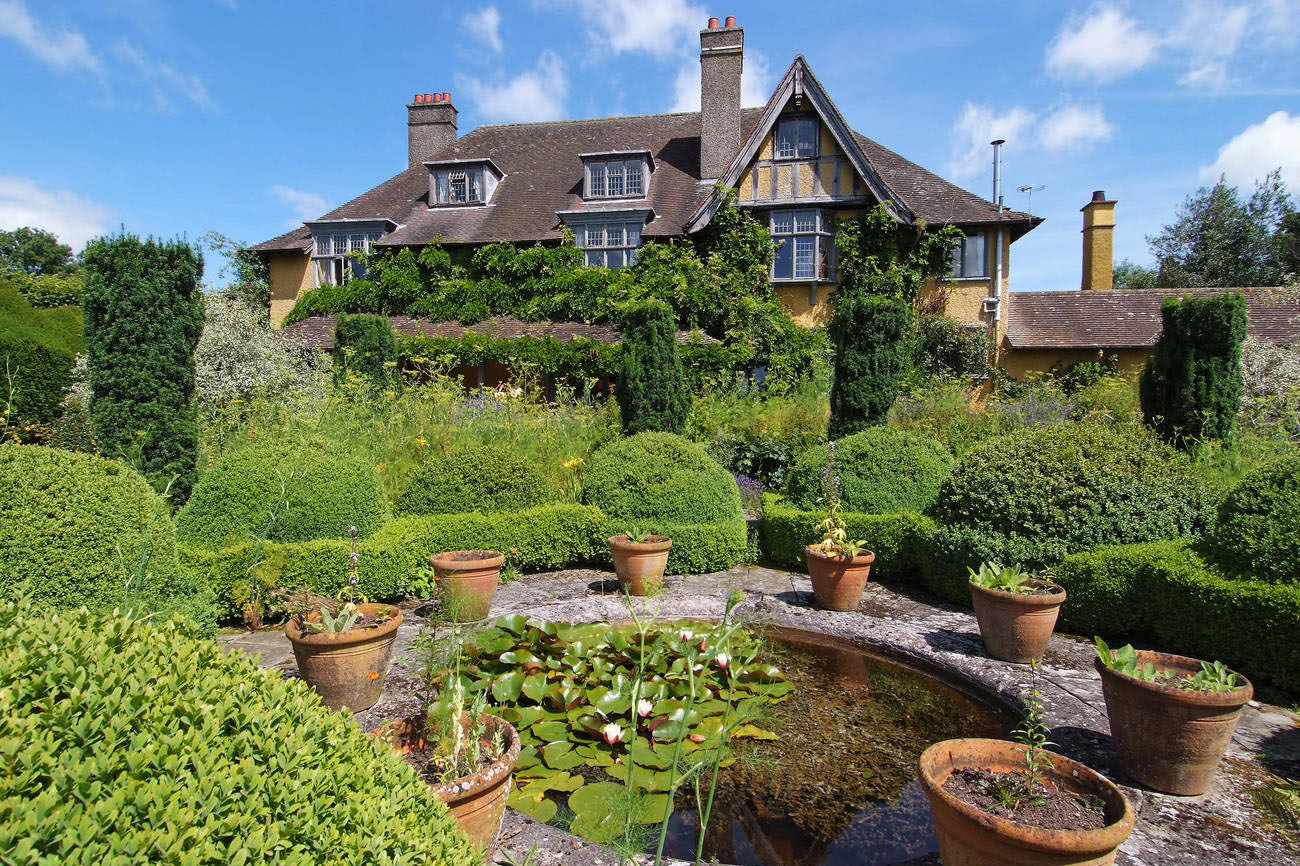
This is a garden in which to linger, with narrow walkways and enticing views through holes in hedges that lead you from one space to the next. You’ll find towers and topiary, flowers and follies (including the Sulking House), as well as a parterre, a rose garden, colour-themed herbaceous borders, a walled kitchen garden, pools and an orchard. If that wasn’t enough, there’s a woodland garden and arboretum to explore, too.
Bryan’s Ground, Stapleton, Herefordshire. Visit www.bryansground.co.uk
Combermere Abbey Gardens, Cheshire
Combermere Abbey, a privately owned estate sitting amid 1,000 acres of ancient parkland, woods and gardens, is a historic gem, dating in parts back to 1133. Over the years, it has been remodelled and transformed and, in 1919, was bought by Sir Kenneth Crossley, a Manchester car manufacturer.
His great-granddaughter took on the running of the estate in 1992 and has restored and developed much of it, including the Pleasure Garden and Garden Wood. A gap in an ancient brick wall takes you to a 5½-acre wonderland, where visitors can discover a secluded Rose Garden, espaliered hornbeam avenue, croquet lawn and restored Edwardian glasshouse that rather magically opens directly into the centre of the world’s only Fruit Tree Maze.
Combermere Abbey Gardens, Combermere Abbey, Whitchurch, Cheshire. Visit www.combermereabbey.co.uk
Perrycroft, Herefordshire
A romantic garden high on the Malvern Hills, Perrycroft has a particularly impressive view of the Herefordshire Beacon, an Iron Age hill fort also known as British Camp.
The 10 acres, which wrap around an Arts-and-Crafts house (designed by C. F. A. Voysey in 1895), have been extensively restored and developed over the past 20 years by the current owners.
To counter the brisk south-westerly winds, the garden is now divided into a series of formal compartments, with restored yew and holly hedging enclosing the variously planted rooms.
With beautifully framed glimpses from one area to the next, visitors to Perrycroft are drawn forward to discover box parterres spilling over with plants, displays of topiary, shrubs, old roses, abundant herbaceous borders, ponds and a walled garden. The planting, which is exceptional, is a mix of both traditional and contemporary styles and there are wildflower meadows and woodland, too.
Perrycroft, Jubilee Drive, Upper Colwall, near Malvern, Herefordshire. Visit www.perrycroft.co.uk
South Wood Farm, Devon
A new opening for the NGS, this delightful five-acre English country garden by award-winning designer Arne Maynard centres on a 17th-century thatched farmhouse in the Blackdown Hills and is a wonderful example of how a contemporary design can work in an ancient setting.
Arranged as a series of enclosed spaces that lead from one to the next, it includes a restored walled courtyard planted with yew topiary, rose domes and prettily planted herbaceous borders, a knot garden, a rose garden, a formal plum orchard, a nuttery, a reflecting pond, wildflower meadows and an idyllic kitchen garden, with raised beds, step-over pears and beautifully made ornamental fruit cages. The style, layout, planting and attention to detail are clever and beguiling.
South Wood Farm, Cotleigh, Honiton, Devon. Open through the NGS — www.ngs.org.uk
Spitalfields Gardens, London E1
One day only in June, for the NGS, offers a rare opportunity to visit nine private back gardens belonging to some of the most beautiful early-18th-century houses in London. All are within a short walking distance from one another in the streets around Spitalfields Market, in particular, on Fournier, Princelet and Wilkes Streets.
It’s fascinating to see how each garden has been adapted to its setting and you’ll find an eclectic mix of styles, with everything from vegetables and herbs and climbers to pots, statuary and traditional ornamental perennial plantings. Make sure to visit the beautifully designed contemporary walled garden at 21, Wilkes Street and look out for the homemade teas at 5, 29 and 30, Fournier Street.
Spitalfields Gardens, London E1. Open through the NGS — www.ngs.org.uk
Stone House Cottage, Worcestershire
With idiosyncratic brick follies, arches, towers, gazebos and wonderful planting schemes, this one-acre walled garden stands out for its sheer prettiness. It’s full of rare and unusual plants — arguably, it is home to one of the finest collections in the country. Many of these rarities can be bought in the adjoining nursery, too, which makes Stone House Cottage a must for plant lovers.
Hedges are used to further divide the walled enclosure into numerous habitats, so, as you explore the garden, you discover lots of different planting schemes, too. Owner Louisa Arbuthnott’s exceptional plantsmanship is evident throughout; clearly, she has an eye not only for a good specimen, but also for a good combination, so you can go away with a huge amount of visual inspiration, as well as a car boot full of plants.
Stone House Cottage Garden & Nurseries, Church Lane, Kidderminster, Worcestershire . Visit www.shcn.co.uk
Wyndcliffe Court, Monmouthshire
This Italianate Arts-and-Crafts garden dates back to 1922 and is unusual in that it was designed as an integral part of the house.
A collaboration between Eric Frances, architect of the house, and Henry Avray Tipping, a garden designer and Architectural Editor of Country Life for 17 years, the layout of the garden survives largely unaltered.
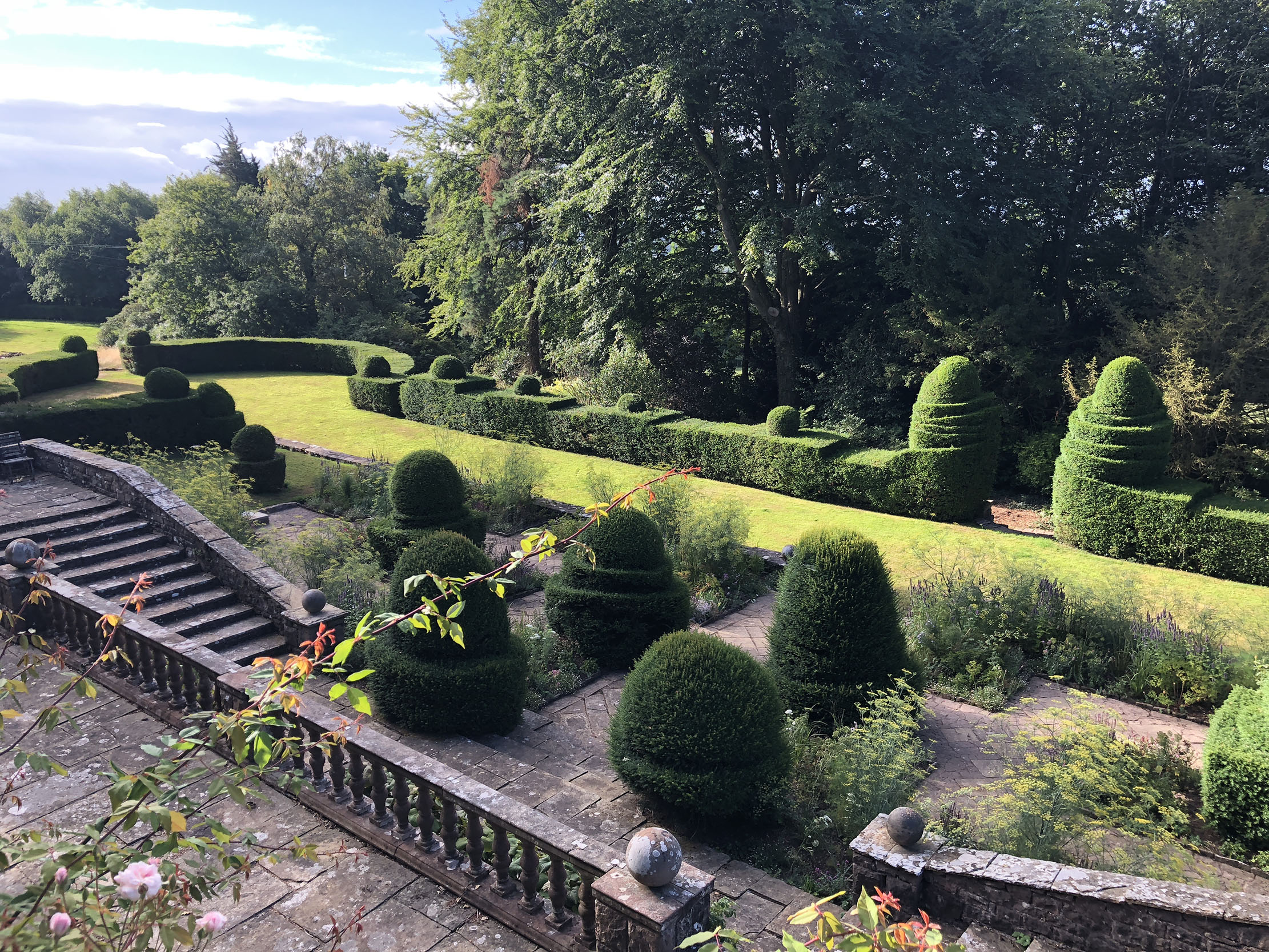
The steeply sloping site is terraced with steps leading down from the paved terrace next to the house to a sunken garden, a summer house, walled gardens, fountains and a bowling-green lawn that continues on to a woodland walk. Large clipped topiary and hedging delineate the varied areas and add to the enchanting atmosphere. In 2017, designer Sarah Price was commissioned to completely replant the Rose Garden.
Wyndcliffe Court, St Arvans, Monmouthshire. Open by arrangement in summer for groups. Visit www.wyndcliffecourt.com
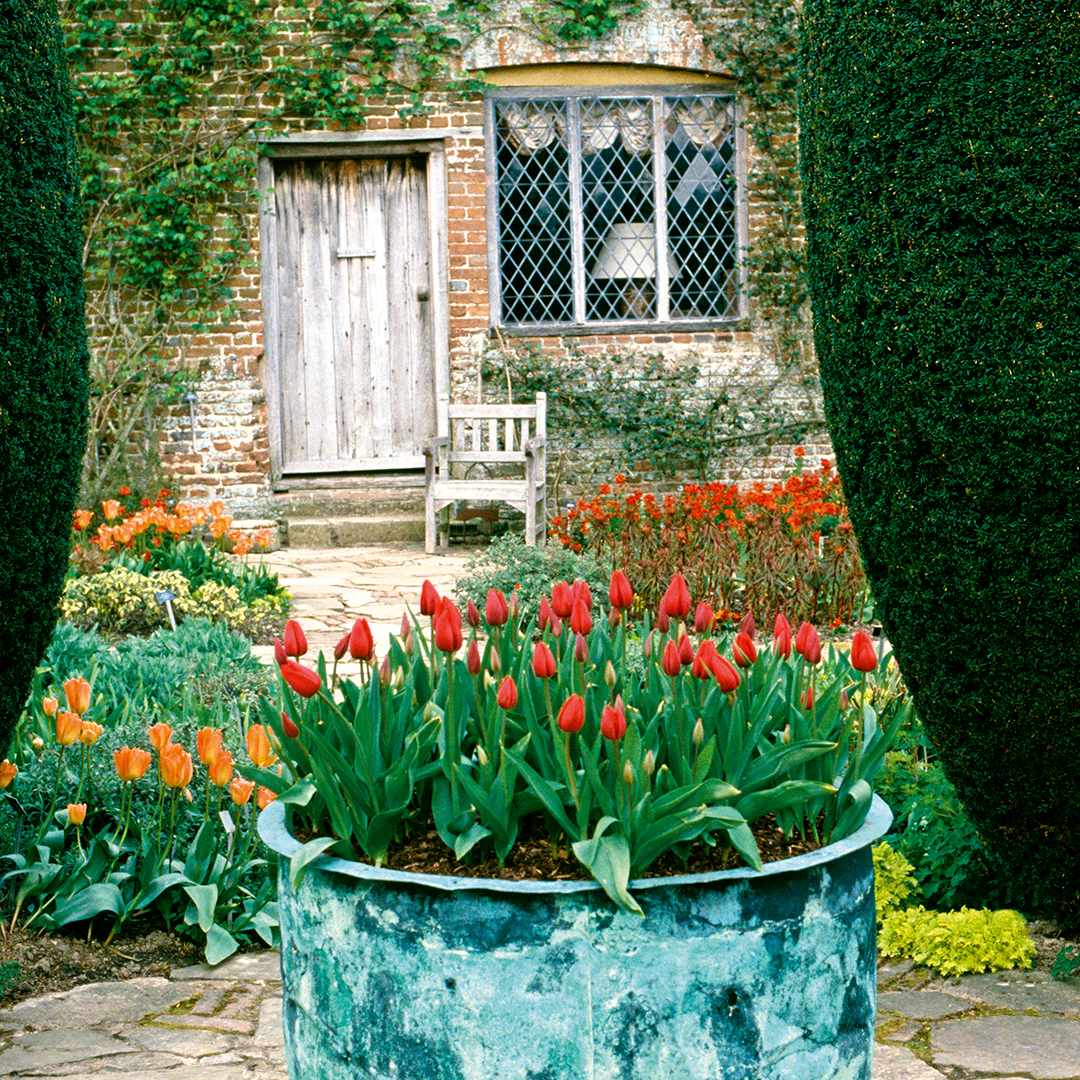
Alan Titchmarsh: The unwritten rules of choosing planters for your garden
Gardener, writer and broadcaster Alan Titchmarsh shares the secrets of what planters to buy — and what plants to put
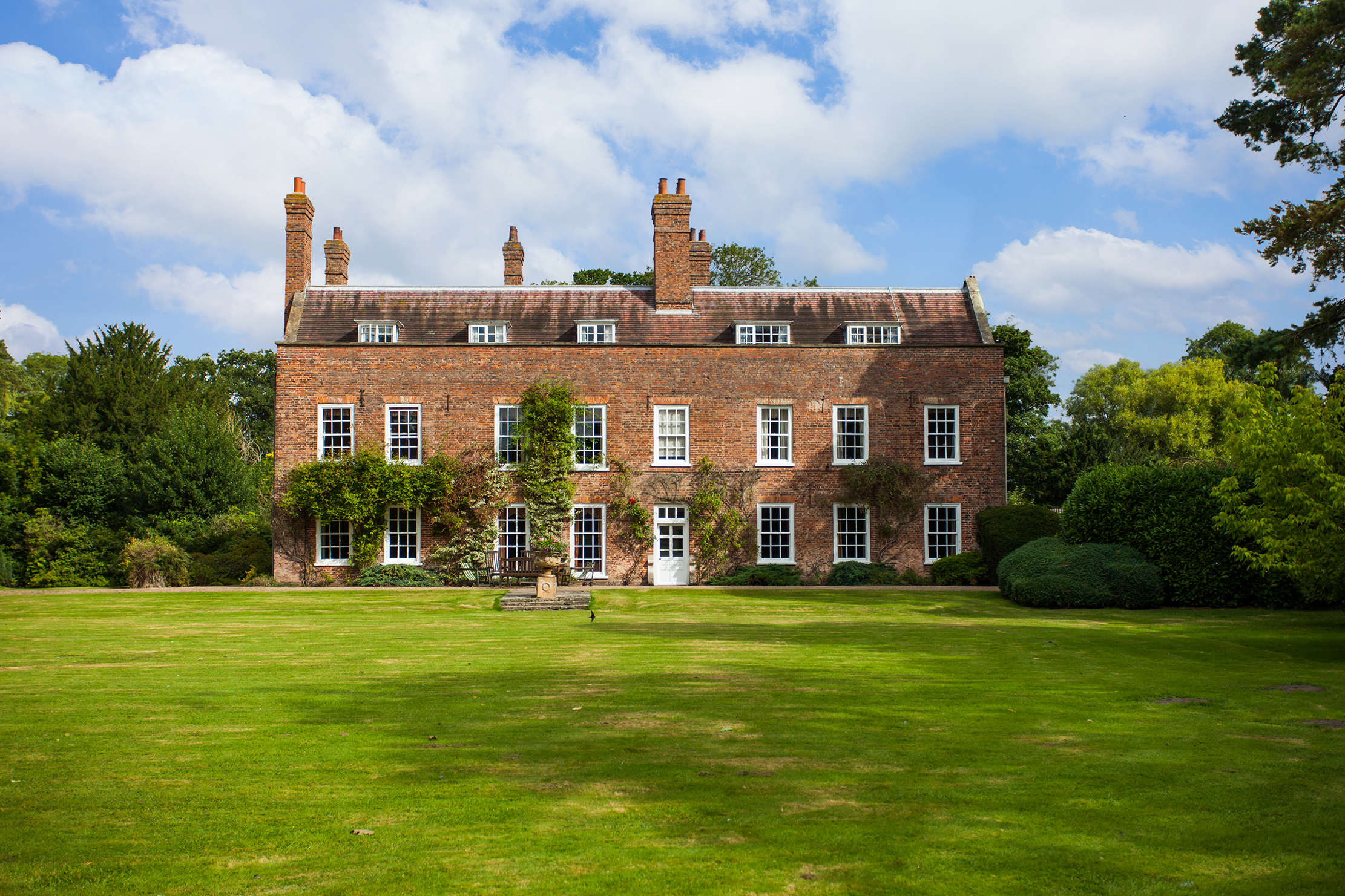
Credit: Blenkin & Co
A grand, 10,000sq ft hall in Yorkshire with moat, and a secret garden
Penny Churchill looks at a grand hall near York with an ancient history that is for sale for the first
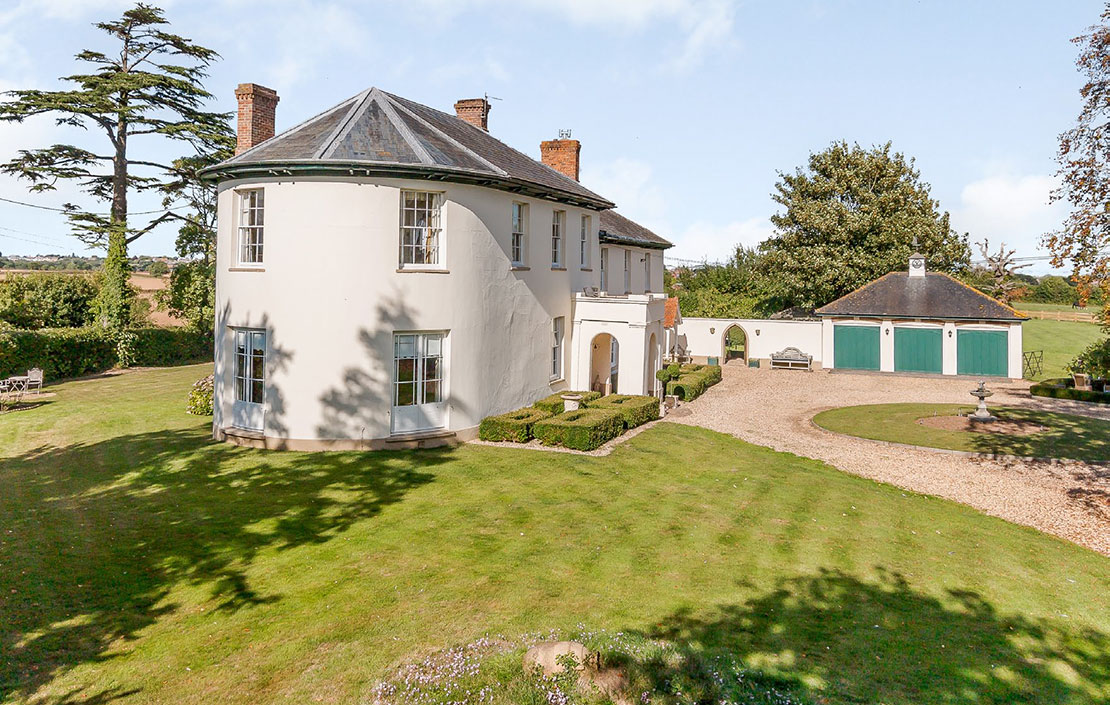
Credit: Strutt & Parker
An idyllic Somerset country house with secret garden, orangery and a music room
The delightfully pretty Woolmersdon House has all sorts of treasures within, including a library, orangery, secret garden – and a rounded
Country Life is unlike any other magazine: the only glossy weekly on the newsstand and the only magazine that has been guest-edited by HRH The King not once, but twice. It is a celebration of modern rural life and all its diverse joys and pleasures — that was first published in Queen Victoria's Diamond Jubilee year. Our eclectic mixture of witty and informative content — from the most up-to-date property news and commentary and a coveted glimpse inside some of the UK's best houses and gardens, to gardening, the arts and interior design, written by experts in their field — still cannot be found in print or online, anywhere else.
-
 Designer's Room: A solid oak French kitchen that's been cleverly engineered to last
Designer's Room: A solid oak French kitchen that's been cleverly engineered to lastKitchen and joinery specialist Artichoke had several clever tricks to deal with the fact that natural wood expands and contracts.
By Amelia Thorpe
-
 Chocolate eggs, bunnies and the Resurrection: Country Life Quiz of the Day, April 18, 2025
Chocolate eggs, bunnies and the Resurrection: Country Life Quiz of the Day, April 18, 2025Friday's quiz is an Easter special.
By James Fisher